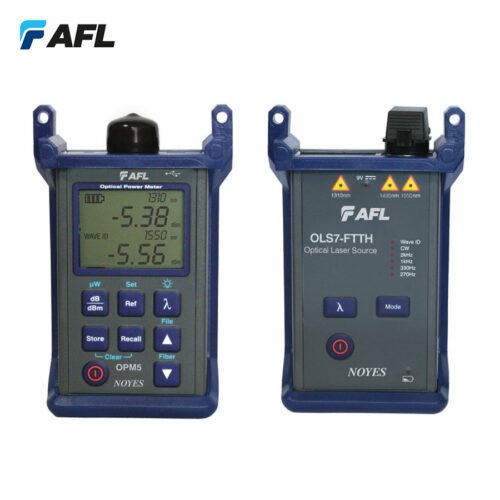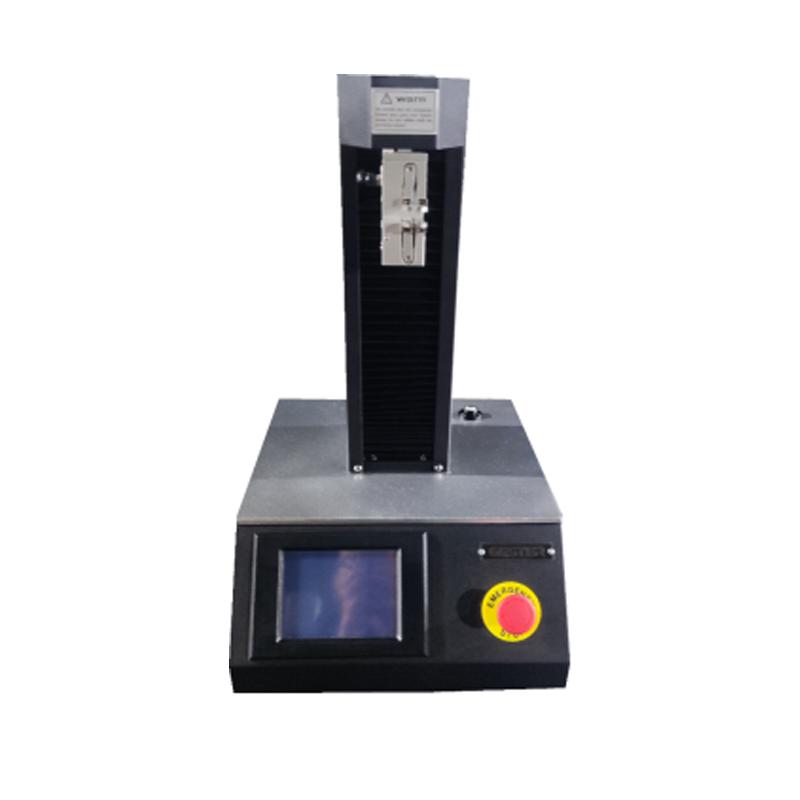Top 5 challenges optical measurement system can solve in engineering
All You Need to Find Out About Robotic Vision and Its Applications in Advanced Optical Dimension Solutions
Robotic vision stands for a substantial innovation in the junction of computer vision, expert system, and artificial intelligence. This innovation enhances the precision of optical measurement systems, allowing real-time data analysis and improved quality assurance. Its impact covers multiple fields, from producing to medical care. The progressing landscape of robotic vision raises inquiries regarding future capabilities and applications. What technologies lie ahead in this transformative field?
Recognizing Robotic Vision: Trick Concepts and Technologies
Robotic vision encompasses the innovations and techniques that make it possible for machines to interpret and comprehend visual information from their setting. This field combines components of computer vision, expert system, and artificial intelligence to help with automated decision-making based upon visual information. Secret concepts consist of picture processing, which includes the enhancement and analysis of pictures to draw out significant functions, and item acknowledgment, which permits machines to recognize and identify objects within a scene.

The Integration of Robotic Vision With Optical Dimension Systems
As industries increasingly demand precision and effectiveness, the combination of robotic vision with optical dimension systems has become a transformative approach. This harmony allows robots to perceive and analyze their surroundings, improving the capacity of optical dimension systems to analyze and assess things with unmatched precision. By furnishing optical sensing units with advanced imaging technologies, robot vision allows real-time information collection and handling, promoting instant changes to dimension criteria.
Additionally, the mix empowers automated systems to spot variants in dimensions, surface quality, and positioning, which are important in quality assurance processes. Enhanced algorithms, such as artificial intelligence, further augment this assimilation by enhancing the systems' capability to adjust to different atmospheres and circumstances. The combination not just streamlines measurement processes however likewise decreases errors, making certain that items fulfill rigid industry criteria, consequently solidifying the duty of robotic vision in the future of optical dimension systems.
Applications of Robotic Vision in Manufacturing
In modern production environments, the usage of vision systems has revolutionized production procedures by making it possible for machines to carry out tasks with amazing accuracy and rate. Robotic vision systems are significantly used for quality assurance, where they check products for issues and assurance adherence to specs. These systems make use of cams and progressed algorithms to evaluate products in real-time, significantly decreasing the danger of human mistake.
In addition, robot vision assists in automation in production line, enabling robots to precisely determine components and construct them with marginal downtime. This innovation also enhances supply monitoring, as vision systems can keep an eye on stock degrees and detect inconsistencies, assuring a seamless supply chain.
Additionally, robot vision aids in the implementation of smart manufacturing facilities, where data from vision systems can be incorporated with various other technologies to maximize process. Generally, the applications of robotic vision in making show its vital function in improving performance, top quality, and performance throughout different markets
Robotic Vision in Medical Care: Reinventing Patient Treatment

In rehab, robot vision help in keeping an eye on person progression and customizing therapy sessions to private requirements. It supports physician by automating tasks such as data collection and person monitoring, enabling even more time to concentrate on direct person interaction. Additionally, robot vision boosts telemedicine by making it possible for remote diagnosis and virtual assessments, linking the space between patients and medical care providers. On the whole, the application of robot vision in healthcare is transforming person care, resulting in boosted end results, efficiency, and client contentment.
Future Trends and Advancements in Robotic Vision Modern Technology
The quick evolution of robotic vision innovation guarantees to better boost its applications across various fields, including medical care. Future patterns suggest a significant shift towards including artificial knowledge and artificial intelligence, making it possible for systems to pick up from large datasets and improve precision in time. Boosted sensing unit technologies and deep learning algorithms are expected to improve object recognition capacities, allowing robots to analyze intricate environments a lot more effectively.

The integration of enhanced fact (AR) with robot vision will likely reinvent how robots assist in surgical treatments and diagnostics. This harmony will help with real-time data visualization, improving decision-making procedures. In addition, miniaturization of parts will certainly lead to more compact and versatile robotic vision systems ideal for a variety of tasks. As these developments unfold, markets will witness enhanced automation and performance, strengthening robot vision as a keystone of cutting-edge technical options.
Often Asked Inquiries
What Are the Main Elements of a Robotic Vision System?
The major elements of a robot vision system include cams for picture capture, cpus for data evaluation, algorithms for interpretation, and actuators for activity. Together, these aspects allow robots to perceive and connect with their click over here now atmosphere properly.
Just How Does Robotic Vision Improve Accuracy in Measurements?
Robotic vision improves measurement precision by making use of innovative imaging modern technologies, allowing accurate things discovery and spatial analysis. This ability reduces human mistake, boosts repeatability, and enables real-time adjustments, inevitably improving general dimension integrity and performance.
What Industries Benefit The Majority Of From Robotic Vision Innovation?
Numerous industries profit greatly from robot vision modern technology, including production, medical care, agriculture, and logistics. These you can look here markets utilize enhanced precision, effectiveness, and automation, leading to enhanced performance and reduced operational costs in their respective processes.
Can Robotic Vision Solutions Job in Low-Light Conditions?
Robotic vision systems can certainly function in low-light conditions, making use of innovative sensing units and algorithms to enhance picture clarity. This ability permits them to perform effectively in numerous settings, consisting of industrial and surveillance applications, even with marginal illumination.
What Are the Costs Related To Applying Robotic Vision?
The costs connected with implementing robot vision vary considerably, affected by elements such as video cameras, software application, and combination. Additional expenditures include maintenance, training workers, and possible upgrades to existing systems, which can build up in time.